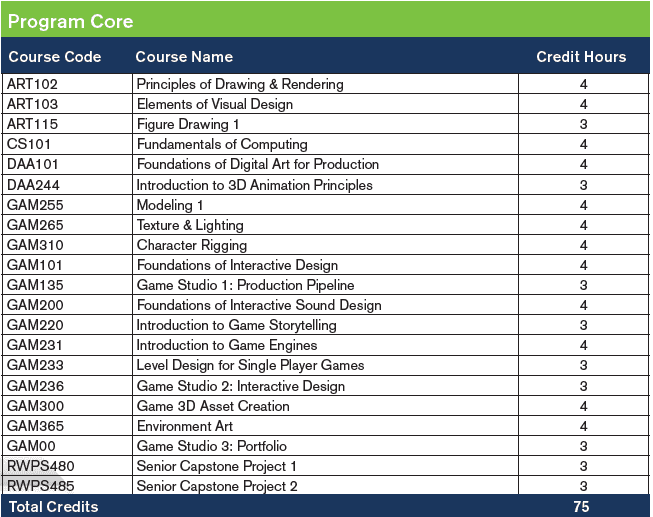Level design is an essential aspect of game development that affects the overall user experience. There are several principles, techniques, and best practices that game developers use when designing levels to create more engaging and enjoyable games. Principles include clear goals and objectives, balanced difficulty, and logical progression. Techniques include understanding player behavior, using a grid system, and creating multiple paths. Best practices include testing and iteration, using real-world references, and keeping levels simple. By following these elements, game developers can create levels that enhance the overall user experience and make games more engaging and enjoyable.
The Art of Level Design: Principles, Techniques, and Best Practices
Introduction
Level design is a crucial aspect of game development that impacts the overall user experience. A well-designed level can enhance the player’s enjoyment and make the game more engaging. In contrast, a poorly designed level can make the game frustrating and boring. This article will explore the principles, techniques, and best practices that game developers use when designing levels for games.
Principles of Level Design
There are several principles of level design that game developers follow to ensure they create effective levels. Some of the most important principles include:
Clear Goals and Objectives
One key principle of level design is to ensure that players have clear goals and objectives. Players should know what they are trying to achieve and where they need to go. Without clear goals and objectives, players may feel lost or frustrated, resulting in a poor user experience.
Balanced Difficulty
Another essential principle is to balance the level’s difficulty. Game developers need to ensure that the level is challenging enough to keep players engaged but not so difficult that players become frustrated and give up.
Logical Progression
Levels should also follow a logical progression, with each level building on the skills and knowledge gained in the previous level. Players should feel a sense of accomplishment as they progress through each level, and the difficulty should increase gradually.
Techniques for Level Design
There are several techniques that game developers use when designing levels for games. Some of the most common techniques include:
Understanding Player Behavior
One crucial technique is to understand player behavior. Game developers need to understand how players interact with the game and what elements they find most engaging. By understanding player behavior, game developers can create levels that are more engaging and enjoyable.
Using a Grid System
Many game developers use a grid system when designing levels. A grid system allows developers to create more precise layouts and ensures that elements are spaced evenly. The grid system also makes it easier to align objects and create symmetrical levels.
Creating Multiple Paths
Another technique is to create multiple paths through the level. Players should have options for how they navigate the level, which can increase replayability and make the game more enjoyable.
Best Practices for Level Design
In addition to the principles and techniques of level design, there are several best practices that game developers should follow when designing levels. Some of the most important best practices include:
Testing and Iteration
Before releasing a level, game developers should test it thoroughly to ensure that it is balanced and enjoyable. Testing allows developers to identify and fix any issues before players experience them.
Using Real-World References
Many game developers use real-world references when designing levels. For example, if designing an outdoor level, developers may visit outdoor locations to get inspiration and ensure that the level feels authentic.
Keep it Simple
Finally, game developers should keep levels simple. Levels should have clear goals and objectives, and players should know where they need to go. Simple levels are more engaging and enjoyable than complex ones.
Conclusion
In conclusion, level design is a critical aspect of game development. Game developers need to follow the principles of level design, use effective techniques, and follow best practices to create engaging and enjoyable levels. By focusing on these elements, game developers can create levels that enhance the overall user experience and make games more engaging and enjoyable.
